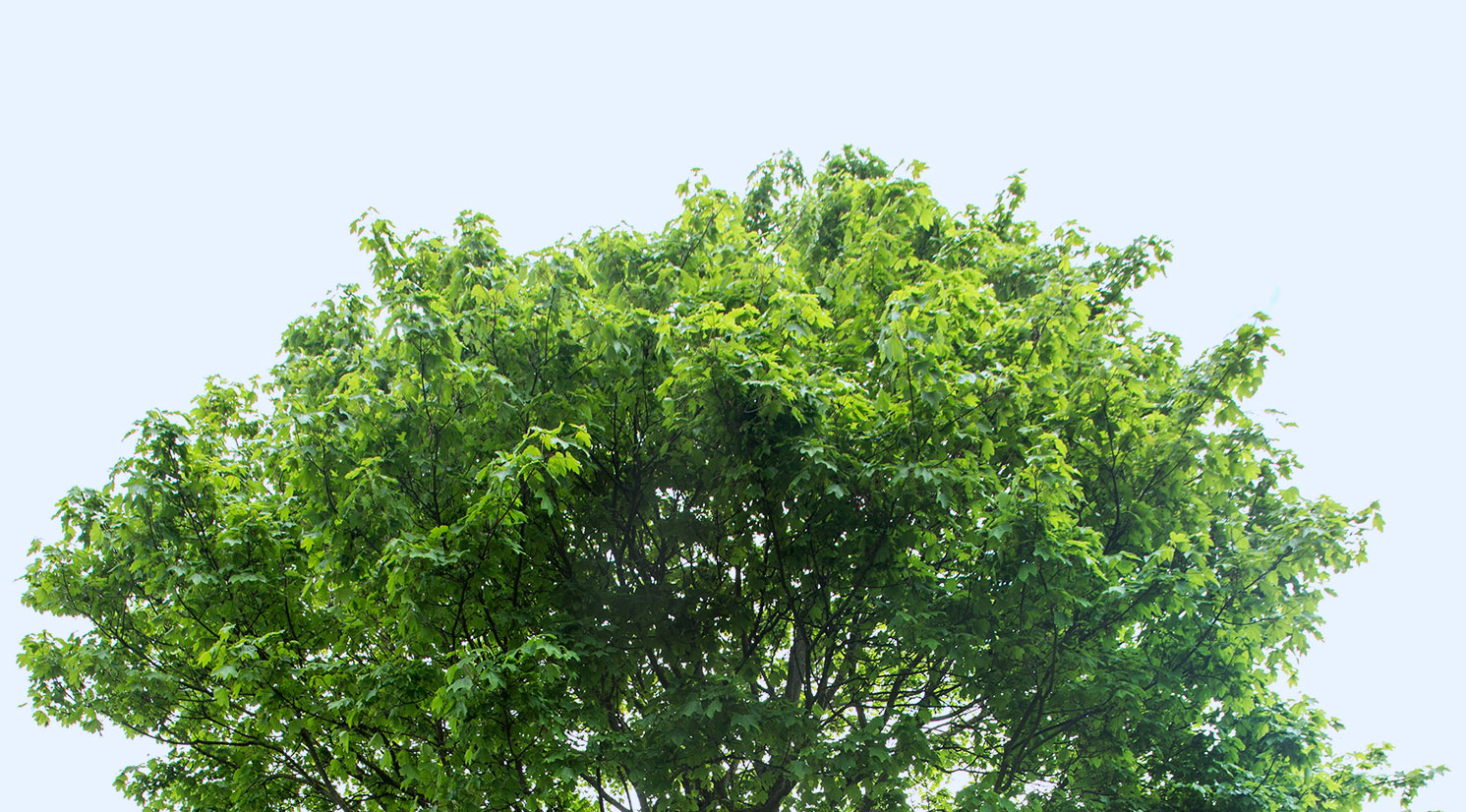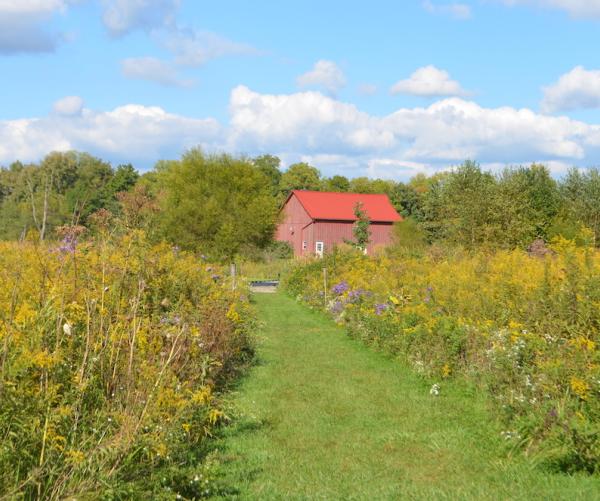By Peter Lowe, Director of Landscape Operations
Why is your grass so long? This question surfaces often in landscapes and gardens that put high value on conservation. While to the untrained eye, these areas may seem forgotten, unmanaged, unmaintained and downright unruly, a deeper inspection reveals these areas have been identified for their ecological and educational potential. Grassland ecosystems have steadily declined and the practice of no-mow/low-mow encourages numerous ecological and educational benefits that directly combat this loss of habitat for both plants and wildlife.
A no-mow/low-mow zone is an area where mowing operations have been reduced to allow grass and natural vegetation to grow; returning them to a natural state. These areas are transitioning from no-mow/low mow zone to grow zones, where we are actively encouraging these ecosystems to develop. This restriction in mowing has allowed us to reduce time and energy, thereby reducing our CO2 emissions. It’s hard to believe, but a mower that operates for one hour produces similar CO2 emissions to a car driven for 100 miles.
Thriving in these grow zones are a multitude of native plants; from milkweed and coneflowers to goldenrod and asters, that have immense ecological impact. The decrease in mowing has reduced the compaction in these soils, which can restrict root development reducing a plants ability to grow. Over generations, these plants have adapted to their environment by developing a deep root system that protects them from fire, drought, freeze, flood and other calamities. Because of these deep roots, grow zones are often used as buffers to drainage areas and waterways where the plants stabilize the soil, reducing storm-water runoff and erosion. The less mowing done in these grow zones encourages increased biodiversity in not only plants, but wildlife as well.
Biodiversity from the soil microbes to the plants to the wildlife is paramount for healthy, strong, balanced and functioning ecosystems. These grow zones at The Arboretum have encouraged the growth of wildlife populations from the Eastern Meadowlark to the Monarch Butterfly and provided habitat for the Sedge Wren, a species preciously undocumented in the area, as well as the Woodland Jumping Mouse, a species of concern in Ohio. These grow zones are vital for the continued growth and health of these and other wildlife populations. These exceptional benefits of our grow zones provide extraordinary opportunities for educational observations, as well as developing a deeper understanding of the role plants and wildlife play in our ecosystem.


